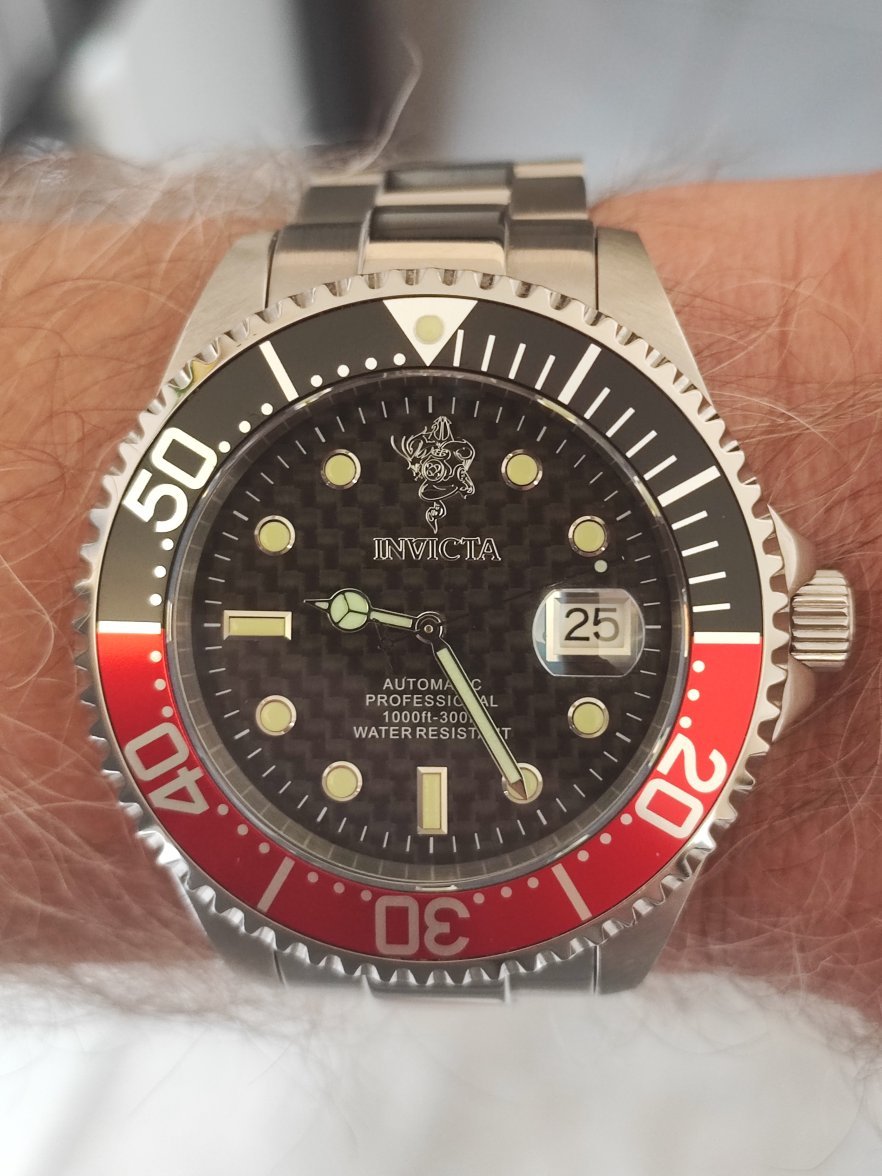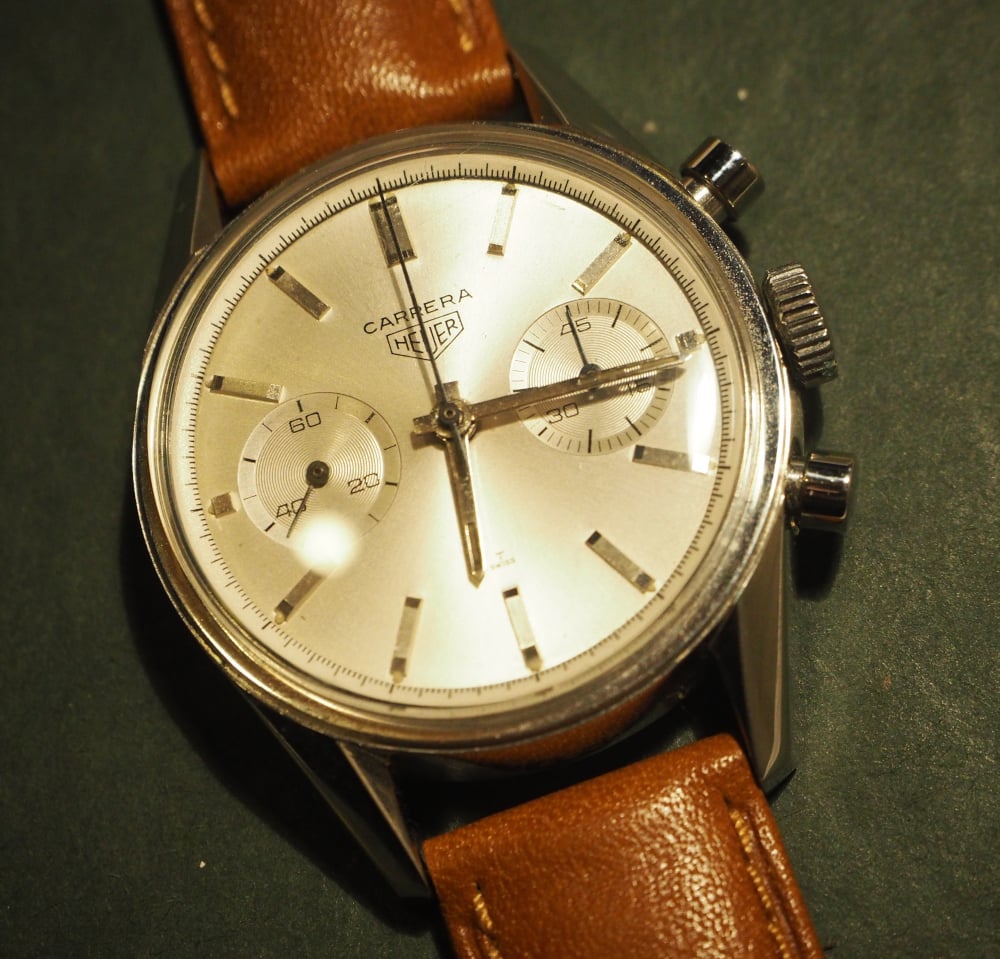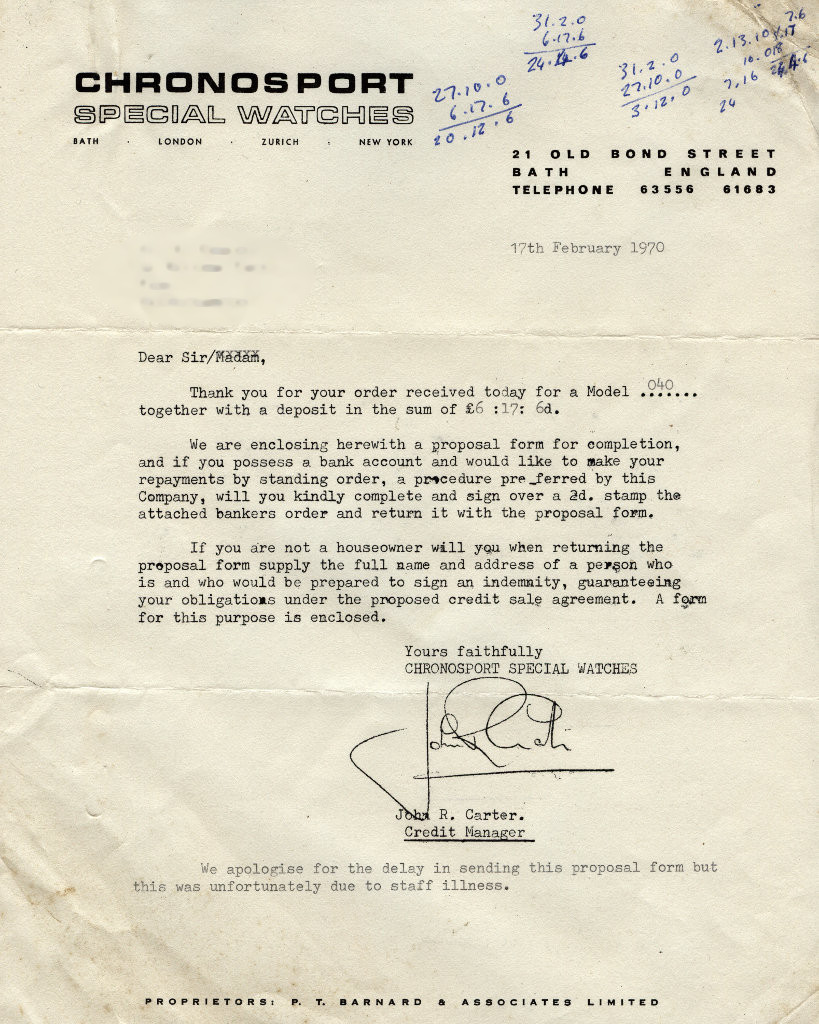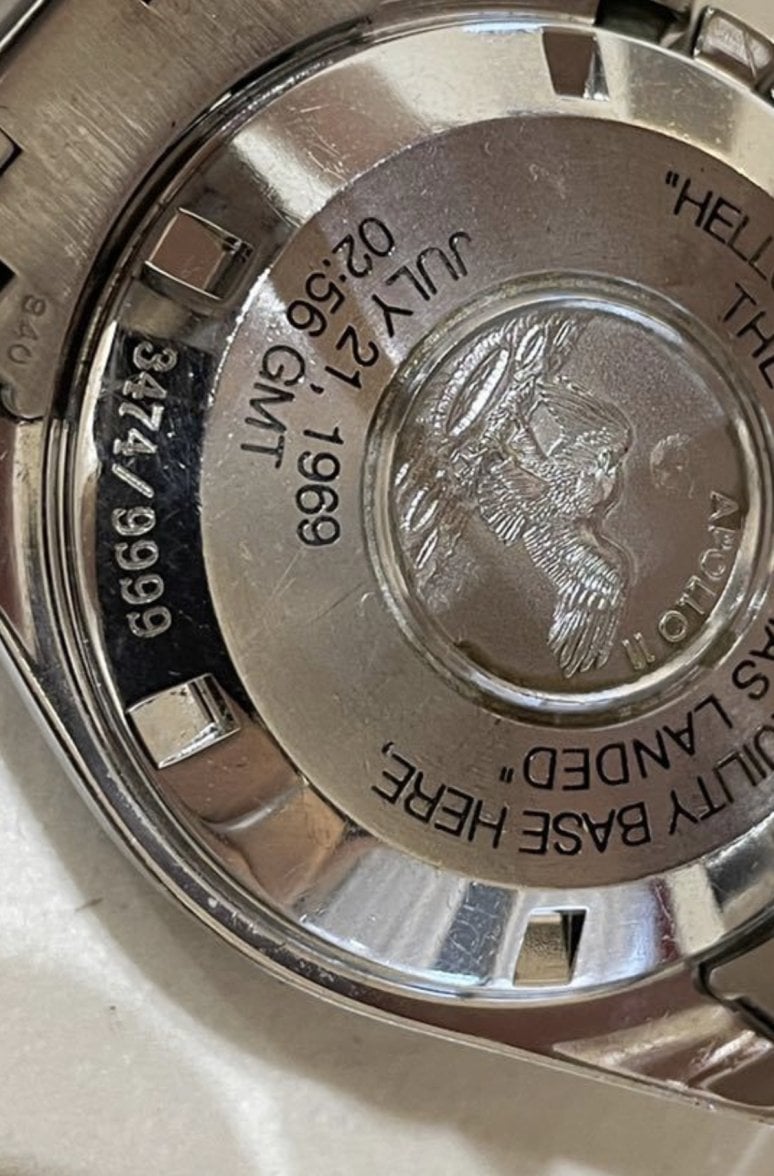Neeb
·In that case, I probably have a dozen watches that are one-of-a-kind, based on finding identical dials on the internet. That doesn't necessarily make them particularly desirable, which seems more relevant and important.
But how does "desirability" relate to findability? If a watch is more desirable people might put stuff online about them more, but will they change hands more or less often? And how would that affect online presence anyway?
Obviously if less people desire a watch it's less likely to physically survive - and especially if it's gold I suppose.




